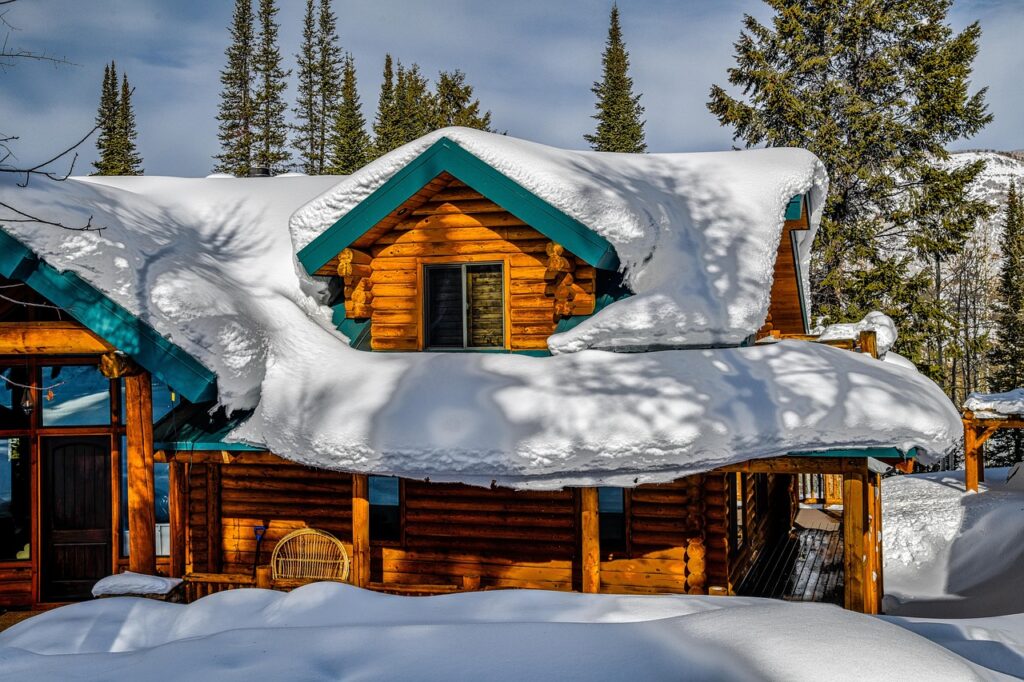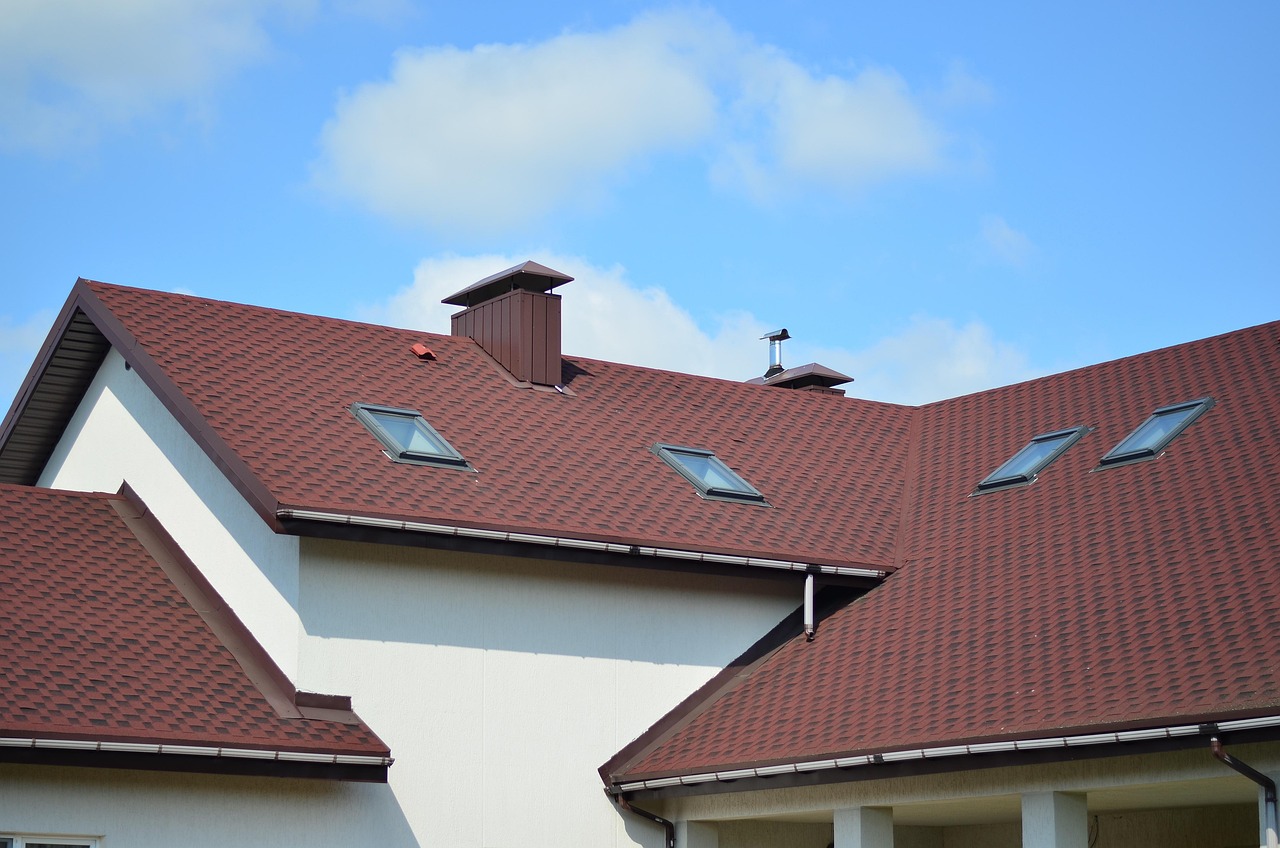A roof isn’t something most homeowners think about daily. It quietly does its job, sheltering everything beneath it. Yet it endures the worst that weather can throw its way—scorching sun, driving rain, heavy snow, and wind that can rip through towns in minutes. Left unchecked, even the most robust roof can become the cause of serious headaches. A bit of care throughout the year can prevent massive costs down the line. Whether your home is new or decades old, your roof needs attention in every season.
The Trouble with Time: How Roofs Show Their Age
Every roof, no matter the material, eventually shows signs of wear. Shingles begin to curl, crack, or go missing. Flashing can loosen, and granules may collect in gutters, silently signaling that the protective surface is wearing thin. These issues often go unnoticed until water begins to seep through into the ceilings or walls. For those with older roofs, regular checks are no longer a suggestion—they’re a requirement. If you’ve noticed dark streaks, sagging sections, or signs of leaks after a storm, it’s time to find out more about the importance of immediate action. This could be the beginning of a larger issue already in motion.
Spring Showers and the Return of Growth
As winter fades, spring brings its own set of challenges. Rain may expose cracks that snow and ice kept hidden, while warmer temperatures create the perfect environment for moss and algae. These organisms may seem harmless at first glance, but over time, they break down roofing materials, trap moisture, and accelerate decay.
Roof maintenance during spring means clearing debris, cleaning gutters, and inspecting for growth. A soft brush or low-pressure wash can remove harmful buildup without damaging shingles. Left untouched, the combination of organic matter and moisture can lead to expensive repairs or full replacements.
Summer Heat Isn’t Harmless
Sunshine brings more than just bright skies. UV rays slowly break down roofing materials, especially on older or darker roofs. Asphalt shingles become brittle. Tar-based materials soften and expand. Ventilation becomes key, as hot air trapped in an attic can push the temperature under the roof deck to dangerous levels.
Proper airflow through vents keeps roof temperatures lower and reduces strain on air conditioning. A lack of ventilation can cook roofing materials from the inside out, shortening their lifespan. Any damage from prior seasons becomes worse under direct heat, making summer the ideal time to make repairs before heat-related problems spiral.
Fall Leaves and Hidden Traps
Autumn paints a picturesque scene, but those colorful leaves can cause hidden trouble. As they fall, they collect in gutters and valleys, creating dams that prevent water from flowing away from the home. Water that doesn’t drain has one place to go—into the roof.
Blocked gutters are one of the fastest ways to trigger rot under shingles. As the temperature dips, trapped water may freeze and expand, prying materials apart. By the time winter sets in, unnoticed blockages can turn into serious leaks. Routine gutter cleaning and a quick inspection of valleys and seams can go a long way toward keeping your roof prepared for the cold months ahead.
Winter’s Weight and Hidden Damage

Snow looks light, but when it piles up, it presses thousands of pounds onto a roof. Add freezing rain, ice, and melting snow that refreezes overnight, and you’ve got a recipe for damage. Ice dams—ridges of ice at the edge of the roof—block melting snow from draining, sending water back up under shingles.
The freeze-thaw cycle is brutal. Water seeps into tiny cracks, freezes, and expands, slowly prying apart roofing materials. This is why winter inspections, even mid-season, are useful. They spot signs of sagging, uneven melting, and ice dam formation. Removing snow with a roof rake and keeping attic temperatures even can reduce these risks dramatically.
Signs You Can’t Ignore
Some roofing issues are hard to miss. A leak dripping into a hallway, visible sagging, or shingles scattered in the yard all demand immediate attention. Others are more subtle—higher energy bills, unexplained drafts, or faint water stains on ceilings. These signs often point to ventilation problems, damaged underlayment, or small leaks that are quietly growing.
Routine maintenance isn’t only about avoiding disaster. It keeps your home’s insulation effective and your energy costs manageable. A well-maintained roof helps maintain indoor comfort and protects the entire structure. Being proactive means catching issues when they’re small, repairable, and far less costly.
Choosing not to wait for a problem means spending less over time and avoiding the stress of major repairs. Professional inspections, paired with seasonal maintenance, give your roof a fighting chance against whatever weather rolls in next. A little attention in the right moments keeps your home secure and dry, no matter what the skies decide.







Leave a Reply